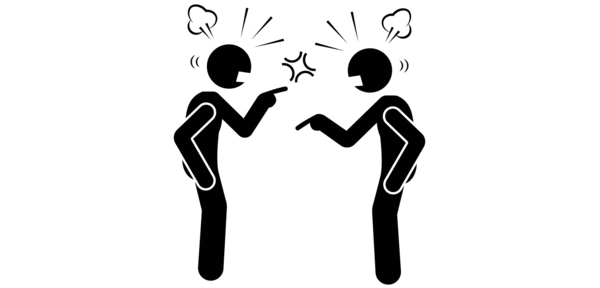
Every board, committee, or membership meeting eventually faces “problem members.” They may be disruptive by design or simply enthusiastic to a fault. Fortunately, presiding officers have proven tools—parliamentary and interpersonal—for steering meetings back on track.
The Over-Participator
Some members feel compelled to speak on every issue, often multiple times. If your parliamentary authority is Robert’s Rules of Order Newly Revised or The Standard Code of Parliamentary Procedure, rules can help balance participation:
- No one may speak a second time until everyone who wishes has spoken once.
- No one may speak more than twice to the same motion.
In smaller boards or informal settings, the chair can still enforce balance by inviting comments from those who haven’t spoken. If necessary, the chair should act as a “traffic cop”: “Charlie, you’ve already spoken twice. Let’s hear from Mary.”
The Silent Member
The opposite challenge is the member who never participates. While not everyone needs to weigh in on every issue, silence can be harmful in small groups. If a member appears hesitant but thoughtful, the chair can encourage input:
“Susan, you haven’t spoken on this issue. Anything you’d like to add?”
At worst, the member declines. At best, the group gains a new perspective. If direct questioning seems stressful, approach the member privately during a break.
The Tangent-Taker
Another common issue is the member who introduces unrelated topics during discussion. These may be good ideas, but they distract from the matter at hand. A good chair acknowledges the point, then parks it for later. Many groups use a flipchart, whiteboard, or “parking lot” list to capture ideas without derailing the current agenda.
Side Conversations and Arguments
Meetings also suffer when two members lapse into private discussions or arguments. Formal procedure avoids this by requiring all remarks to be directed to the chair, even questions. If a back-and-forth develops, the chair should remind members to address comments to the presiding officer.
Truly Disruptive Behavior
Beyond personality issues, some individuals—members or guests—may become intentionally disruptive. Robert’s Rules of Order distinguishes between options for the two (but, of course, follow any specially adopted rules of order):
- Guests (nonmembers): The chair may order removal, though in practice it’s safer to defuse the situation. Options include calling a recess, speaking privately, asking others to intervene, or adjourning. If removal is unavoidable, rely on security or law enforcement. From a political perspective, involving the members present in the decision may still be the best course. RONR (12th ed.) 61:7.
- Members: The options above for defusing the situation with a nonmember should also be attempted with members. But because members have rights under the governing documents, if such efforts are unsuccessful, more steps are required. Depending on severity, Robert’s Rules outlines escalating responses:
- Minor offenses (e.g., inappropriate comments): a light gavel rap and admonition should be sufficient.
- More serious offenses: the chair declares the member “out of order.” The assembly then votes whether the member may continue.
- Grave offenses: the chair may “name” the member, allowing the body to impose penalties such as an apology, censure, removal from the meeting, or even suspension/expulsion.
See RONR (12th ed.) 61:8-18.
For conduct outside meetings, Robert’s requires an investigation and trial, since the events did not occur at the meeting and the violation must be proven.
Final Thought
Disruptive members are inevitable. What matters is how the chair responds—with fairness, firmness, and respect for rules. Using both formal procedure and practical techniques, even difficult personalities can be managed so the group’s work continues smoothly.
Coming Soon: The Problem Chair
Jim Slaughter is an attorney, Certified Professional Parliamentarian, Professional Registered Parliamentarian, and past President of the American College of Parliamentary Lawyers. He is author of four books on meeting procedure, including two updated for the latest Robert’s Rules: Robert’s Rules of Order Fast Track and Notes and Comments on Robert’s Rules, Fifth Edition. Both books have been selected as “Editor’s Picks” by Publisher’s Weekly. Many free charts and articles on Robert’s and meeting procedure can be found at www.jimslaughter.com.


